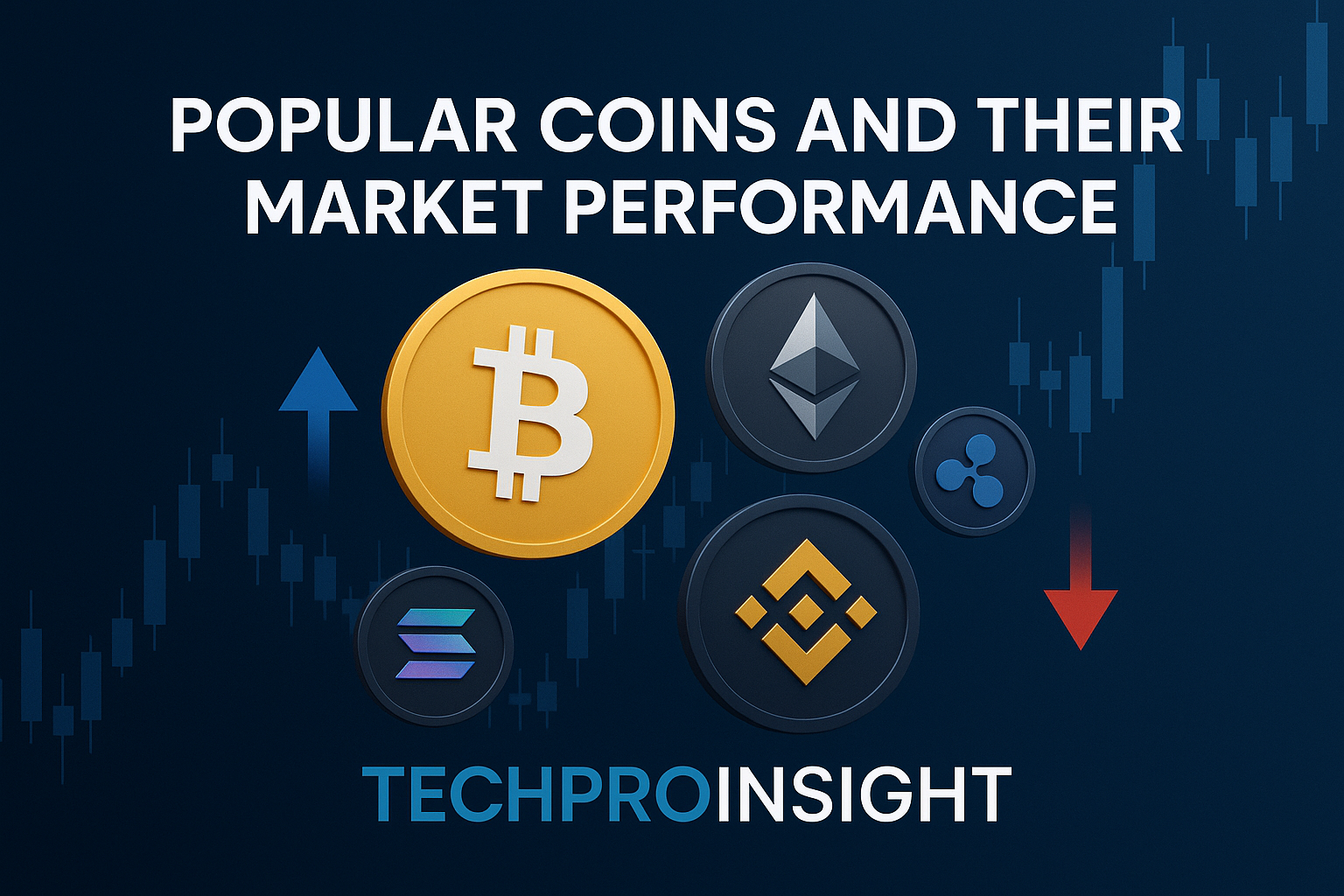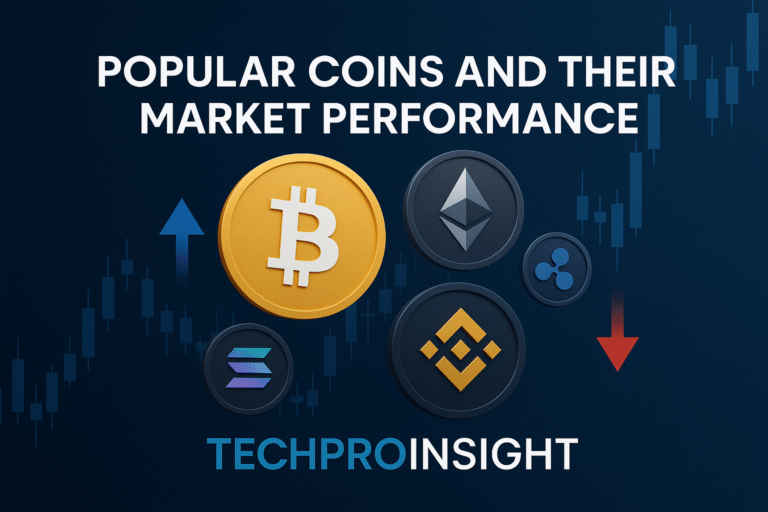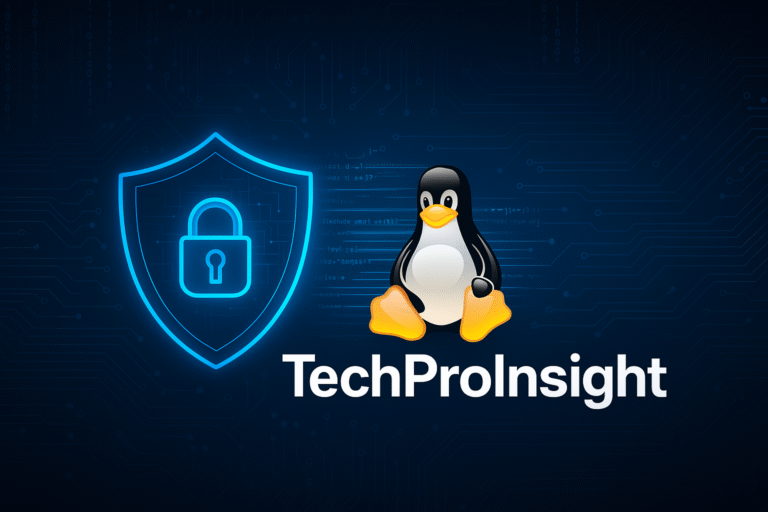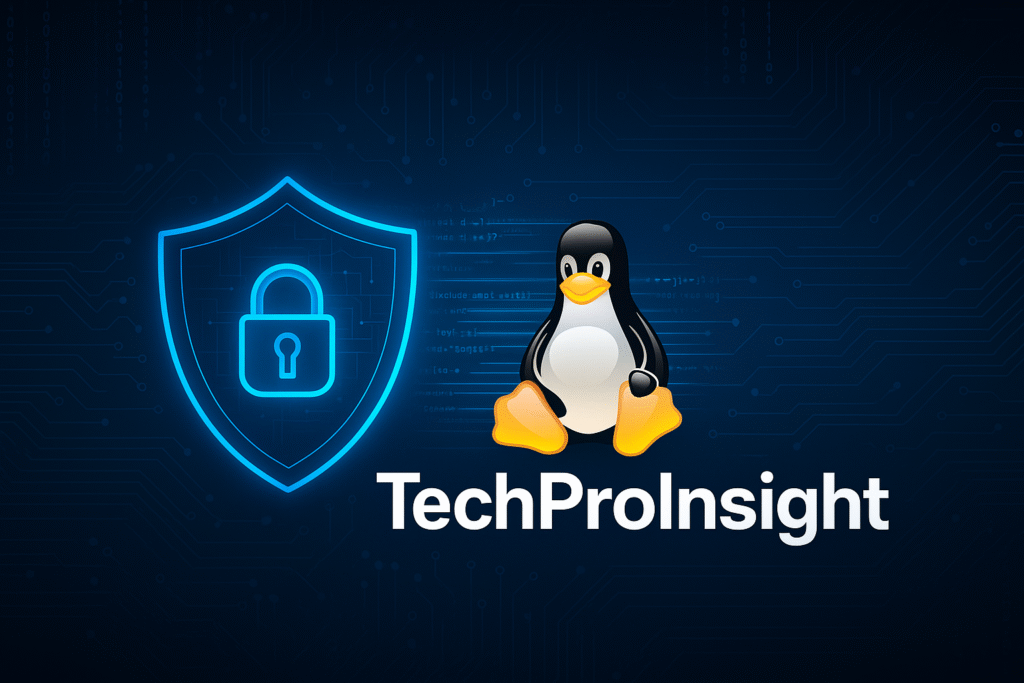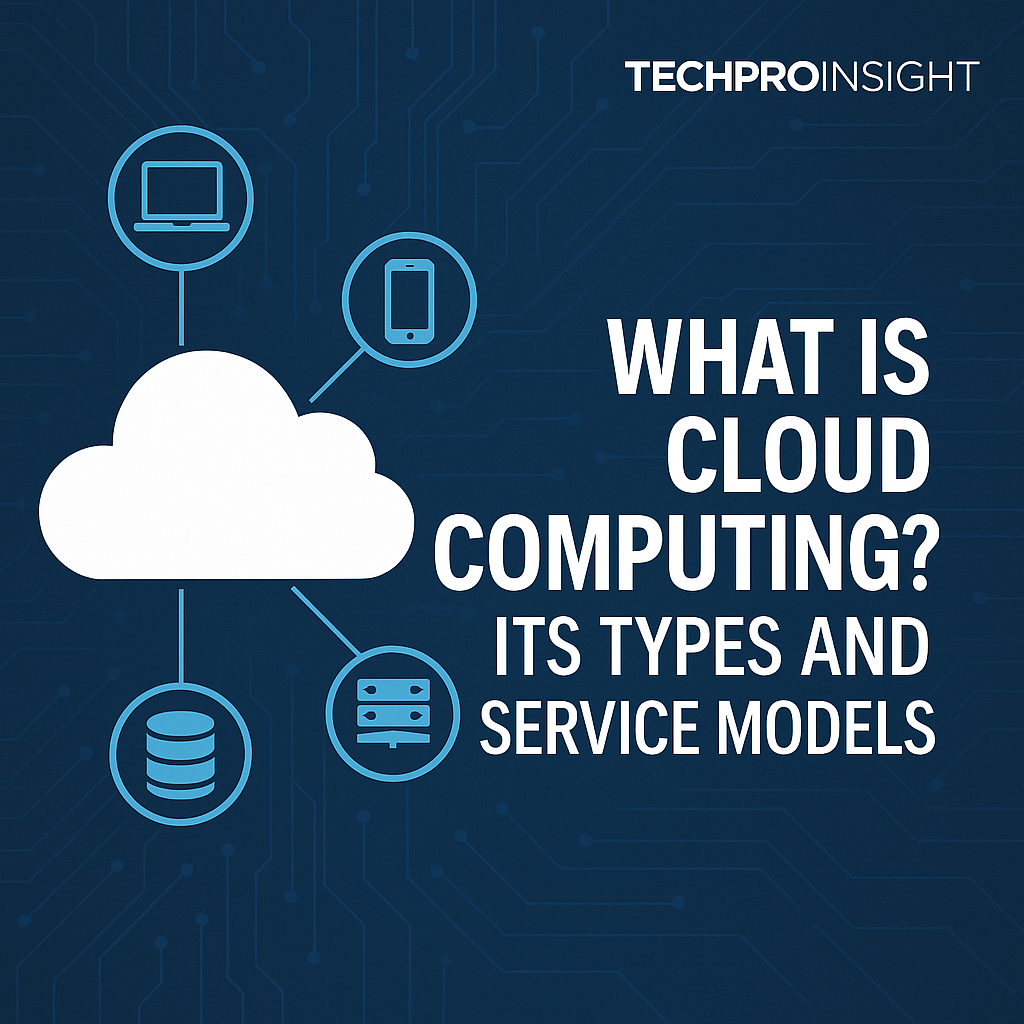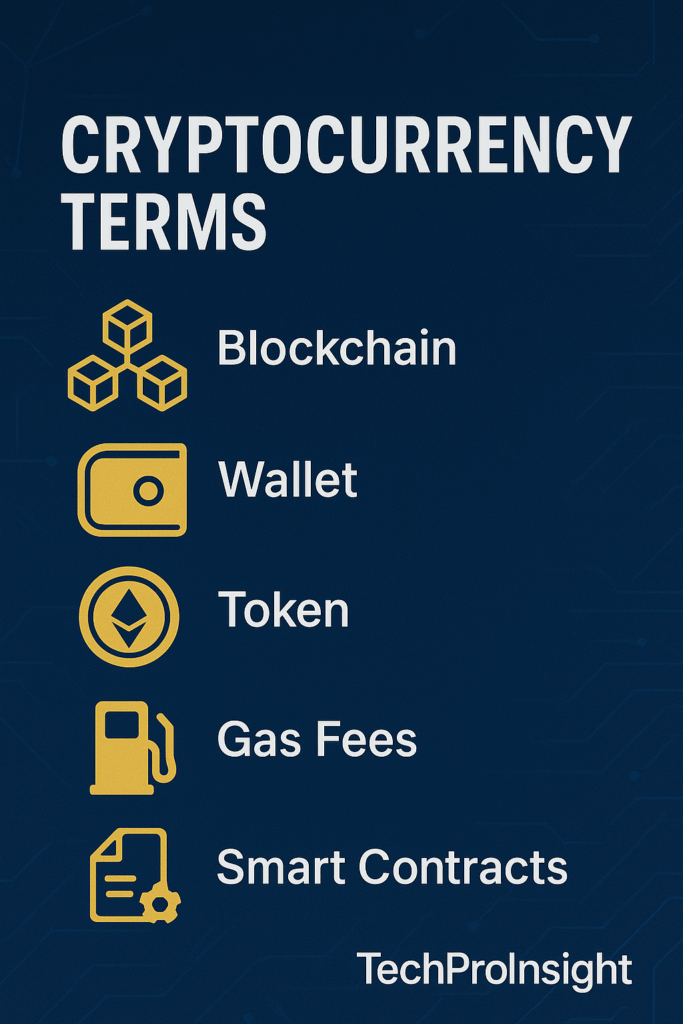Crypto currencies have surged from an interest to a global phenomenon and transformed the financial landscape. As block chain technology becomes more mainstream, several digital assets—commonly called “coins”—have emerged as front runners in terms of adoption, performance and market capitalization.
This blog post delves into some of the most popular crypto currencies and examines their market performance, historical growth, utility and what sets them apart. Whether you are a novice or a seasoned investor, understanding of these leading assets help to navigate to ever evolving world of crypto with clarity and confidence.
- Bitcoin (BTC) – The Pioneer of Digital Gold
- Ethereum (ETH) – The Smart Contract Leader
- Binance Coin (BNB) – The Utility Token
- Solana (SOL) – The Fast & Scalable Challenger
- Cardano (ADA) – The Research First Blockchain
- Ripple (XRP) – The Cross Border Payments Solution
- Polygon (MATIC) – Ethereum’s Scaling Star
- Avalanche (AVAX) – The DeFi Contender
- Doge coin (DOGE) – The Meme with a Movement
- Chain-link (LINK) – The Oracle King
1. Bitcoin (BTC) – The Pioneer of Digital Gold
Overview
Launched in 2009 by the pseudonymous Satoshi Nakamoto, Bitcoin will remain the king of crypto currencies. It is the first and the most widely recognized crypto asset designed to be a decentralized digital currency without a central authority.
Use Case
Bitcoin is primarily used as a store of value and often referred to as “digital gold”. It is accepted by various merchants and frequently used in cross border payments and as a hedge against inflation.
Market Performance
- All time High: $69,000 (November 2021)
- Performance 2023-2025: Bitcoin saw renewed interest with ETF’s and institutional investments pushing its market cap past $1.3 trillion again by mid of 2025
- Volatility: High in volatility but less volatile than altcoins
- Why it matters: Bitcoin sets the tone of the entire market. When BTC rises then altcoins often follow
2. Ethereum (ETH) – The Smart Contract Leader
Overview
Created by Vitalik Buterin in 2015, Ethereum is revolutionized the blockchain technology by enabling the smart contracts and decentralized applications (dApps).
Use Case
Ethereum is powered everything from DeFi (Decentralized Finance) to NFTs (Non-Fungible Tokens), gaming platforms and DAOs. Its ERC-20 standard is the foundation for new tokens.
Market Performance
- All time High: $4,891 (November 2021)
- Performance in 2023-2025: success of Ethereum 2.0, it introduced staking and energy efficiency. ETH has seen a strong growth and climbing back above $4,000 in 2025
- TVL (Total Value Locked): Ethereum is the top block chain of DeFi with $75B in TVL
- Why it matters: Ethereum is the infrastructure of Web3 and making it indispensable
3. Binance Coin (BNB) – The Utility Token
Overview
BNB was launched by Binance and one of the largest crypto exchanges in the world. Originally created as a way to reduce trading fees but it has since evolved into a full-fledged ecosystem token.
Use Case
BNB is used for:
- Transaction fees on Binance
- Participate in token launches (Launchpad)
- Payments within Binance Smart Chain (BSC)
Market Performance
- All time High: $690 (May 2021)
- 2023-2025 Performance: Despite facing the regulatory scrutiny, BNB remains strong and continues to climb and currently trading above $500.
- Why it matters: As long as Binance remains dominant, BNB will hold utility driven value
4. Solana (SOL) – The Fast & Scalable Challenger
Overview
Solana is a high speed blockchain designed for scalability and low fees. It gained attraction during the NFT and DeFi boom due to its high through put (65,000 TPS) and minimal cost.
Use Case
Solana is widely used in gaming, NFT’s and DeFi. It hosts popular platforms as Magic Eden (NFT marketplace) and Serum (DEX).
Market Performance
- All time High: $260 (November 2021)
- 2023-2025 Performance: After recovering from the network outages and FTXs collapse (which impacted Solana), the coin rebounded back strongly to the range of $180–$220 in 2025.
- Why it matters: It is a serious competitor of Ethereum with institutional interest
5. Cardano (ADA) – The Research First Blockchain
Overview
Founded by Charles Hoskinson (co-founder of Ethereum) and Cardano is known for its academic, peer reviewed development process. It uses a proof of stake consensus algorithm called Ouroboros.
Use Case
Cardano focuses on real-world utility like identity verification, education and supply chain use cases, especially in developing nations.
Market Performance
- All time High: $3.10 (September 2021)
- 2023-2025 Performance: increase of smart contract deployments and dApp growth, ADA trades around $0.80–$1.20 and has shown long term resilience.
- Why it matters: Cardano emphasizes on security, sustainability and scalability
6. Ripple (XRP) – The Cross Border Payments Solution
Overview
Ripple aim is to facilitate real time, low cost international transactions through its blockchain based payment system.
Use Case
Primarily used by banks and financial institutions for cross border remittances and real time settlement. Ripple’s partnerships with traditional finance players is unmatched.
Market Performance
- Allt ime High: $3.84 (January 2018)
- 2023-2025 Performance: After a long legal battle with the SEC, Ripple is gained clarity and rise in adoption. XRP regained its status above $1.50 by 2025.
- Why it matters: If banks go blockchain, XRP might be their preferred tool
7. Polygon (MATIC) – Ethereum’s Scaling Star
Overview
Polygon is a Layer 2 solution for Ethereum and designed to improve its scalability by providing faster and cheap transactions.
Use Case
Polygon supports DeFi apps, gaming platforms and NFT market places by reducing gas fees and transaction latency on Ethereum.
Market Performance
- All time High: $2.92 (December 2021)
- 2023-2025 Performance: With Meta, other tech giants and integrating Polygon, MATIC hovers around the $1.50–$2.20.
- Why it matters: Ethereum scaling is important and Polygon leads the way
8. Avalanche (AVAX) – The DeFi Contender
Overview
Avalanche is a fast, low cost blockchain designed for launching DeFi applications and enterprise blockchain solutions.
Use Case
Used by financial apps, NFT platforms and bridges between Ethereum and other chains. AVAX is also known for its subnet functionality and allowing custom blockchain deployment.
Market Performance
- All time High: $146 (November 2021)
- 2023-2025 Performance: With growing adoption in Web3 projects, AVAX is climbed back to the range of $40–$70.
- Why it matters: Avalanche supports speed, innovation and interoperability
9. Doge coin (DOGE) – The Meme with a Movement
Overview
Created as a joke in 2013, DOGE has since exploded in popularity due to endorsements from Elon Musk and its cult like following.
Use Case
While largely speculative, Doge coin is used for micro transactions, tipping and charitable donations.
Market Performance
- All time High: $0.74 (May 2021)
- 2023-2025 Performance: Doge coin stays in the range of $0.08–$0.20 with strong community support and periodically social media surge.
- Why it matters: It shows the power of community and the branding in crypto
10. Chain-link (LINK) – The Oracle King
Overview
Chain-link is a decentralized oracle network that brings real world data into the blockchain.
Use Case
Vital for DeFi, insurance, NFTs and more, Chain-link feeds data such as weather, stock prices and sports score into smart contracts.
Market Performance
- All time High: $52.88 (May 2021)
- 2023-2025 Performance: With increased partnerships, LINK returned back to the range of $18–$30 and remains important for smart contract functions.
- Why it matters: No smart contract can operate without reliable data. That is what Chain-link delivers
Conclusion
Understanding the market performance of popular coins help in making informed investment decisions. While each coin serves for different purposes from acting as a currency to enabling complex decentralized apps—their collective impact is shaping the future of finance, technology and the internet.
Before investing, always make research, consider your risk tolerance and only invest what you can afford to lose. Keep visiting TechProInsight for up-to-date analysis, tools and expert insights into the crypto space.

